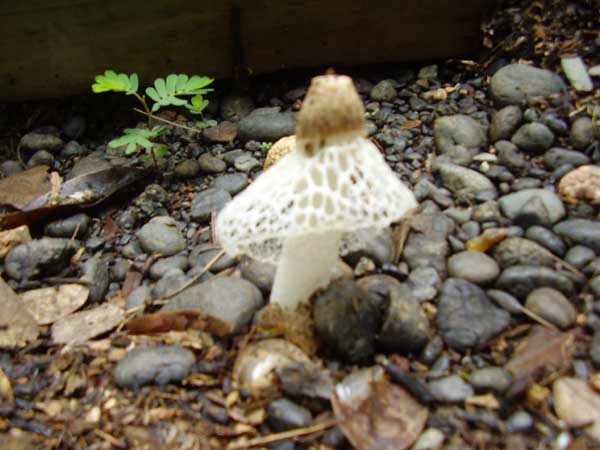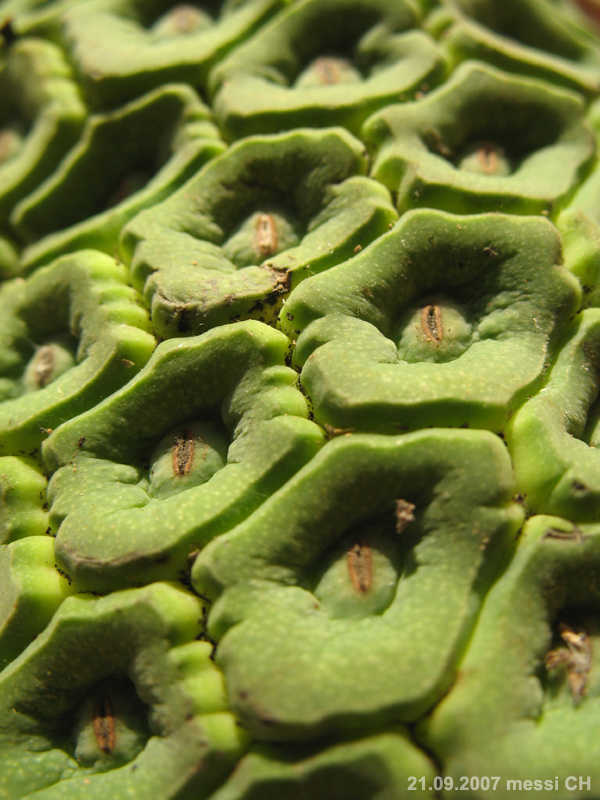|

Odd Plant















This page came from the various vegetation that are worthy of mentioning for their uniqueness or historical value. From fungus' to miscellaneous plants around Rio Dulce. To this point I don't have much information about any of them and if you could help me identify them, I would greatly appreciate it. I have just been able to take pictures of them to try and identify them by asking locals, looking on the internet, and looking through any books I can get my hands on.
Fungi help to recycle fallen timber and organic debris. If it were not for the important role played by fungi, the diversity of understory plants species would be greatly reduced. Fungi also return nitrogen from the air into the soil so that other plants are able to benefit. Keep your eyes on the ground if you want to see some of these amazing types of fungi.


Algodon(Gossypium hirsutum)
Algodon is the Spanish name for cotton, the plant is a leafy, green shrub related to the Hibiscus. Cotton fabrics discovered in a cave near Tehuacán, Mexico have been dated to around 5800 BC, although it is difficult to know for certain due to fiber decay. Other sources date the domestication of cotton in Mexico to approximately 5000 to 3000 BC.

 candle-bush
(Senna alata)
the Candle Bush, is an important medicinal tree as well as an ornamental flowering plants in the subfamily Caesalpinioideae. It also known as a Candelabra Bush, Empress Candle Plant, Ringworm Tree or "candletree". A remarkable species of Senna, it was sometimes separated in its own genus, Herpetica.

 Maiden Veil(Dictyophora indusiata)
Maiden Veil(Dictyophora indusiata)
This species occurs on rich soil in moist spots in forests, especially rainforests. It emerges from a greyish to pale pink 'egg' up to 4cm in diameter, and expands to a cylindrical white stem up to 20cm tall and 3cm in diameter (it's hollow). The top features a conical to bell-shaped cap where a white latticed veil hangs almost to the ground. As it ages the veil (called an idusium) may disintegrate.

 To this point I don't have a name for this variety but the locals collect this one for food. It has a great woodsy flavor similar to the morel.
To this point I don't have a name for this variety but the locals collect this one for food. It has a great woodsy flavor similar to the morel.

 Frangipani
I will bet you didn't know that frangipani is native to Central America and not Hawaii. Ranging in color from white to yellow and magenta with mixtures in between, these fragrant beauties are from here!

 Giant Toadstool
()
My jaw dropped when I spotted this one. I have no idea what species it is or if it was edible. Only that it was approximately 12 inches tall and 8 inches wide at the cap.

 Coral Fungi
() Coral or club fungi are fleshy club or coral-shaped structures, some of which look much like cauliflower.

 Peace lily
(Spathiphyllum) There are about 40 subspecies of these but they are great to have in your house. The plant does not need excessive light or water to survive. Some species are all green, red, purple, white and yellow and many variations.
Houseplants like this one give off oxygen and help remove chemicals like formaldehyde, a common indoor vapor that can cause respiratory and neurological problems, as well as cancer.

 Pelican flower
(Aristolochia grandiflora) This is truely an amazing flower! The first one I saw was probably a total of 4 feet in length and beautiful! It's not really a flower you want to give your date though because it smells like something dead. It attracts flies and bugs that like feces and then digests them, they're native to the Caribbean and grow on a vine.
If the stink doesn't kill you, the aristolochic acid will! Beware of the dutchman's pipe (Aristolochia)! Species of Aristolochia such as Aristolochia clematitis have been traditionally used in both western and Chinese medicine, with occasionally fatal outcomes. When it doesn't kill, it has also been known to cause nephropathy or liver disease.

 Philodendron
(Philodendron) With 350 to 400 Subspecies of these they are not too uncommon but I'll bet you didn't know that they can be epiphytic, hemiepiphytic, or terrestrial in growth habits. In other words, they grow on trees, in the ground or just about anything they are planted in or on.
Botanically the fruit produced is a berry. The berries develop later in the season where the time of development varies from species to species. It can take from a few weeks to a year for the berries to develop although most philodendron take a few months. The spathe will enlarge to hold the maturing berries. Once the fruit are mature the spathe will begin to open again, but this time it will break off at the base and fall to the forest floor. Additionally, the berries are edible even though they contain the calcium oxalate crystals, having a taste similar to bananas.

 Earth Stars
These fungi begin forming as puffballs, and when the outer skin splits it folds back to form a star shape with a round center. Spores are released into the air through a hole at the top of the round body in this fungus.

 Handsome by Night
(Hylocereus undatus)
Very rarely will you see these in bloom. The reason they are called Handsome by night is that they bloom only at night and the blooms die in the day.

 Cojoba arborea(Acacia arborea)
The curved pod of the mature fruit is reddish-purple and 13–17 centimetres (5.1–6.7 in) long, carrying 4-6 black and/or white ellipsoidal seeds per pod. Leaves are alternate, bipinnate with 8-16 pairs of leaflets, non-serrated, elliptical, 28–42 centimetres (11–17 in) long. The wood is heavy but easy to work. The grains are regular but tend to crack when the wood is dry. The lumber is dimensionally stable when dry. It is resistant to attack by insects and very durable. The lumber is used for heavy construction, stakes and posts, fine carpentry, flooring, stairways, plywood sheets, paper manufacture, cabinetry and other applications.

 Unidentified
()
Found these in an old growth forest but still trying to identify them.
|































